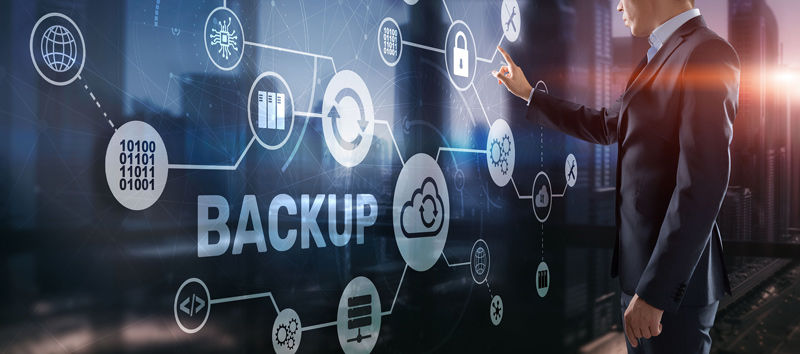Why Backing up Your Computer Is Important & Ways to Do It
- Tara Grey

- Feb 9, 2022
- 3 min read

Computer backups tend to be one of those things that you don’t think about until it’s too late. You might think that everything will be fine and that you’ll get around to backing up one of these days, then something happens and you lose irreplaceable photos and files.
You can seek out IT help to try to recover them, but depending on the reason for the loss, they could be lost forever.
Data loss can happen in many different ways, and it usually comes unexpectedly. Causes of data loss from a Mac or PC include:
Hard drive crashes
Lost or stolen laptop computer
Accidental deletion due to human error
Software failure
Liquid damage (coffee spill, etc.)
Powersurge due to lightning strike
Natural disaster
Synching issue with cloud storage app
Malicious deletion of files
The computer is dropped or otherwise damaged
67% of data loss is due to hard drive crashes or system failure.
Losing all the files and images on your computer can be devastating, especially if you had treasured photos on your hard drive that were not printed out and stored in a photo album. People also often offload images and videos from their smartphone to their PC to clear up space, which means you may not have those files anywhere else.
Other important files that could mean hours of work trying to recreate would be tax returns, family recipes, work portfolios, personal letters, contracts, and more.
It’s important to have all files on your computer hard drive backed up properly, so you have a safety net should anything go wrong.
Ways to Back Up a PC or Mac
There are two main categories of backups for your computer. One is local. This means you make a local copy that you keep at your home or office. This can be convenient in that you don’t need the internet to create the backup, but you do have to be careful with where you store your local copy of files so you don’t lose them.
Local backups may also not be automatic, so you might need to remember to do the backup, and if you’re busy, you might forget and risk not having copies of your newest files.
Cloud backup is the other category. With cloud backup, you use a cloud service that will store your files in a data center. Cloud backups tend to be automatic, so once you start them, they continue capturing new files.
You do need to keep an eye on your backups to make sure they haven’t hit any glitches and stopped backing up for some reason.
Local Backup Options
USB Drive/Flash Drive
A USB drive is a small portable gadget that you can plug into your USB port. When you plug it in, you can then access it as a folder on your computer.

You can drag and drop files from other folders on your computer to the USB drive. It’s important that you follow instructions to properly eject the drive, so you don’t accidentally corrupt the data.
These are handy because they’re small and portable, but they can also be easily lost because of their size. They also only hold a limited amount of data, so you may not be able to backup all your files on one USB drive.
External Hard Drive
An external Hard drive is a small drive that is slightly larger than a wallet. It plugs into your computer through the USB port and can be used to back up your entire Mac or PC.
A benefit of external hard drives over USB drives is that you can use a feature like “Time Machine” on a Mac to do an entire computer back up to these drives, including your OS, programs, and settings (not just your files).
They have a benefit in that they have more storage space than a USB drive and can typically hold all your files. They are also small and portable, meaning they could also be easy to misplace.

Mac Time Machine
If you have a Mac, then you can use the Time Machine feature to automate your backup to any external storage device, such as an external hard drive.

Connect an external storage device.
Go to the Apple menu > System Preferences.
Click Time Machine.
Click Select Backup Disk.
Select the name of your external backup drive and click Use Disk.
Cloud Backup
Cloud backup is another way you can keep your data safe. A benefit of backing your computer up to the cloud is that you don’t have to worry about losing the backup copy as you do with a small USB or external hard drive.
Cloud backups are automated as well and tend to be very user-friendly.
Some options for cloud backups include:
Dropbox
OneDrive
GoogleDrive
iCloud
Get Help Ensuring All Your Precious Memories & Important Files Are Safe
Come to CompuTara for help setting up a reliable backup of all your computer files so you don’t risk losing something you can’t replace. In my next post, I'll discuss backing up your mobile devices like your iPhone and iPad!
Schedule a backup session today! Call or text me at: 862-368-4893 or Email me here.
References linked to:




Comments